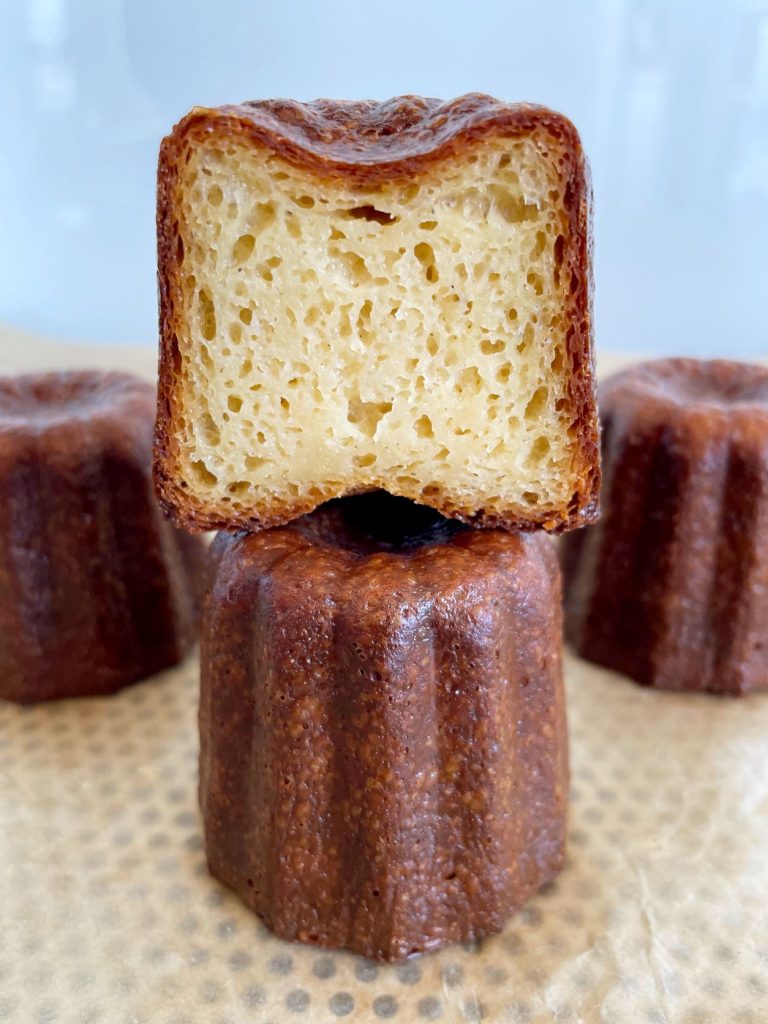The origins of the canelé can be traced to the convents of Bordeaux in the 18th century, where nuns prepared delicious treats for the local community. It was during this period that a creative sister, inspired by the simplicity of the ingredients available, sought to create a delightful pastry using just a handful of essentials.
The sister, who was known for her culinary prowess, set out to create a pastry that was both delightful to the palate and visually appealing. She combined the basic ingredients of flour, eggs, milk, sugar, and a touch of vanilla, along with a secret ingredient that would lend a distinctive flavour—rum.
To bring her creation to life, she poured the batter into small, cylindrical copper moulds and placed them in a hot oven. As the canelés baked, a magical transformation took place. The exteriors caramelized, forming a crisp, dark brown crust, while the insides remained soft, custard-like, and infused with the flavours of vanilla and rum.
Word quickly spread about this delectable pastry, and it soon became a cherished treat among the locals of Bordeaux. The canelé’s popularity grew, and it made its way from the convents to the city’s finest pastry shops, charming the palates of Bordeaux’s aristocracy and bourgeoisie.
Over the years, the recipe for canelés was passed down from generation to generation, with each baker adding their unique touch and refining the technique. As time went by, the canelé’s iconic shape evolved. Its distinct fluted sides and a rounded top became its trademark, reminiscent of the traditional beehive huts found in the region.
Today, the canelé stands as a symbol of Bordeaux’s culinary heritage, a testament to the city’s love for gastronomy and its commitment to preserving tradition. The canelé is savoured by locals and visitors alike, enjoyed as a sweet treat with a cup of coffee or as a delightful dessert to cap off a sumptuous meal.

